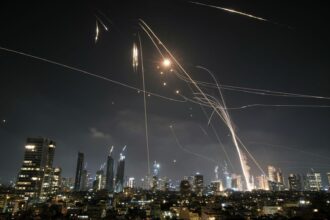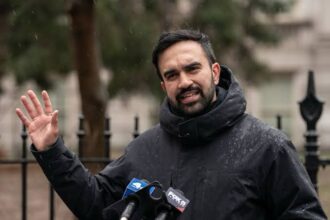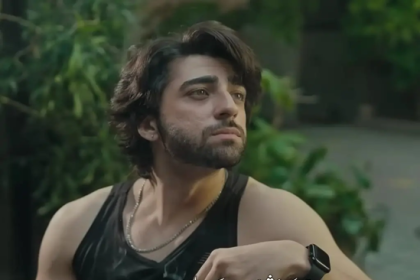Let’s rewind a little.
Picture this: a warm summer night in a Pakistani village. No WiFi. No Netflix. Just a group of people huddled around a charpai, eyes wide, listening to an elder narrating a tale of djinns, lost lovers, or legendary warriors. No fancy visuals, no filters—just pure storytelling magic. The kind that gives you goosebumps without any 4K resolution.
Fast forward to now.
We’re sitting in bed, earbuds in, binge-watching TikToks where a guy dramatically narrates a breakup story over sad music. Or we’re lost in an endless scroll of memes, 30-second drama recaps, and mini-podcasts that somehow feel like stories, but… are they really?
So here’s the question: Are we, as Gen Z Pakistanis, losing touch with our storytelling roots—or are we just telling stories differently?
Once Upon a Time in Pakistan…

Our culture is overflowing with legends. Think of Heer Ranjha, Sassi Punnu, Saif-ul-Malook. These weren’t just dusty old love stories—they were emotional, tragic, poetic reflections of who we were. And guess what? Most of them weren’t written down. They were passed on, mouth to mouth, heart to heart, over generations.
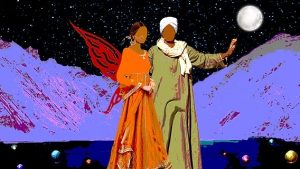
There was a time when your Nani’s stories before bedtime had more suspense than any season of Riverdale. The village dastango (storyteller) was basically the local influencer—no blue tick, but everyone listened.
Now? We text “haha” at memes instead of crying over Sohni’s fate. Are we okay???
From Baithaks to Byte-Sized Stories
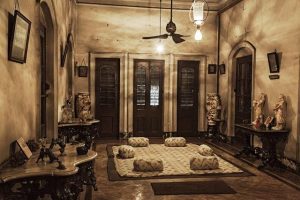
Let’s be honest, we’re still storytellers. But instead of baithaks, we have group chats. Instead of oral legends, we have threads and reels.
And that’s not necessarily a bad thing.
Just think: one girl posts a TikTok about her heartbreak, and suddenly, 400K people feel seen. A guy uploads a reel about mental health in desi households—and boom, it sparks a conversation that our parents’ generation never had the vocabulary for.
We’re telling real stories. Raw ones. Unfiltered ones. Sometimes hilarious, sometimes painfully honest. But here’s the catch—they vanish. 24 hours and poof. Gone.
No one’s going to pass your viral tweet to their grandkid one day and say, “Beta, jab Main Character energy ka zamana tha…”
See the difference?
What We’re Losing (and Why It Matters)
Storytelling used to be slow. You sat. You listened. You imagined. You fell.
Now? It’s scroll, skip, next.
And when we lose that slowness, we lose the meaning behind the stories. The emotions. The heritage. The part where your Nani’s voice cracks when she tells you about the Partition. The bit where your dada whispers that a djinn lived in their backyard. That shiver you felt? That was cultural memory.
And if we don’t hold on to it, it disappears.
Can We Bring It Back?
Here’s the cool part. We’re creative. We’re chaotic. And we care more than we admit.
What if we reclaim storytelling? What if you recorded your Nani telling her favourite kahani and posted it on your Insta? What if someone turned Heer Ranjha into a moody podcast series? What if your school’s drama society re-enacted folktales with Gen Z twists?
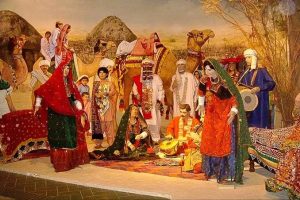
Imagine: Sassi Punnu but make it feminist. Mumtaz Mufti, but as a voiceover TikTok. Saadat Hasan Manto in slam poetry form.
We don’t have to lose our stories—we just have to remix them.
Your turn. What’s Your Story?
You ever heard a family story so wild you couldn’t believe it? Ever felt like a scene from your life deserved a film score?
Good. Write it. Record it. Share it.
Because at the end of the day, Pakistan isn’t just its politics or its headlines. It’s made up of millions of stories—quiet, loud, ancient, messy, and magical.
And yours? Might just be the one someone needs to hear.
Let’s not lose the plot.
Let’s tell it. All of it.


